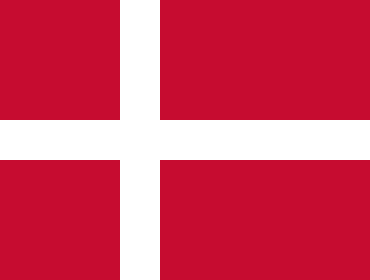District Heating in Denmark
 Denmark applies several good practices toward the use of district heating networks. Overall, Denmark obtains over half of its heat from district heating networks (Evans and Douraeva 2004), and has also demonstrated decreased carbon emissions and increased gross domestic product (GDP) (State of Green 2016).
Denmark applies several good practices toward the use of district heating networks. Overall, Denmark obtains over half of its heat from district heating networks (Evans and Douraeva 2004), and has also demonstrated decreased carbon emissions and increased gross domestic product (GDP) (State of Green 2016).
CHP plants, which allow for the co-generation of heat and power with district heating networks, are used extensively throughout Denmark (State of Green 2016). The use of CHP plants is supported by national law requiring co-generation at larger plants (Evans and Douraeva 2004), as well as subsidies for CHP plants in decentralized areas (DEA/DBDH, n.d.).
In designated and more centralized service areas, consumer participation in the heating network is mandatory, benefiting suppliers by establishing some certainty in the market for the consumption of heating from district heating networks (Bruton et al. 2012). National law allows municipalities to designate the areas with mandatory participation, which can allow for more cost-effective networks (Evans and Douraeva 2004).
Biomass used for district heating is exempt from a heat tax that is applied to traditional fuels (DEA/DBDH, n.d.). Also, subsidies are available for the development of decentralized networks that use CHP plants (DEA/DBDH, n.d).
Denmark has various network sizes, serving both centralized and less centralized areas, with varying facilities and biomass utilization capacity (Bruton et al. 2012; DEA/DBDH, n.d.).
